Home>Furniture & Design>Outdoor Furniture>How To Protect Outdoor Furniture In The Winter
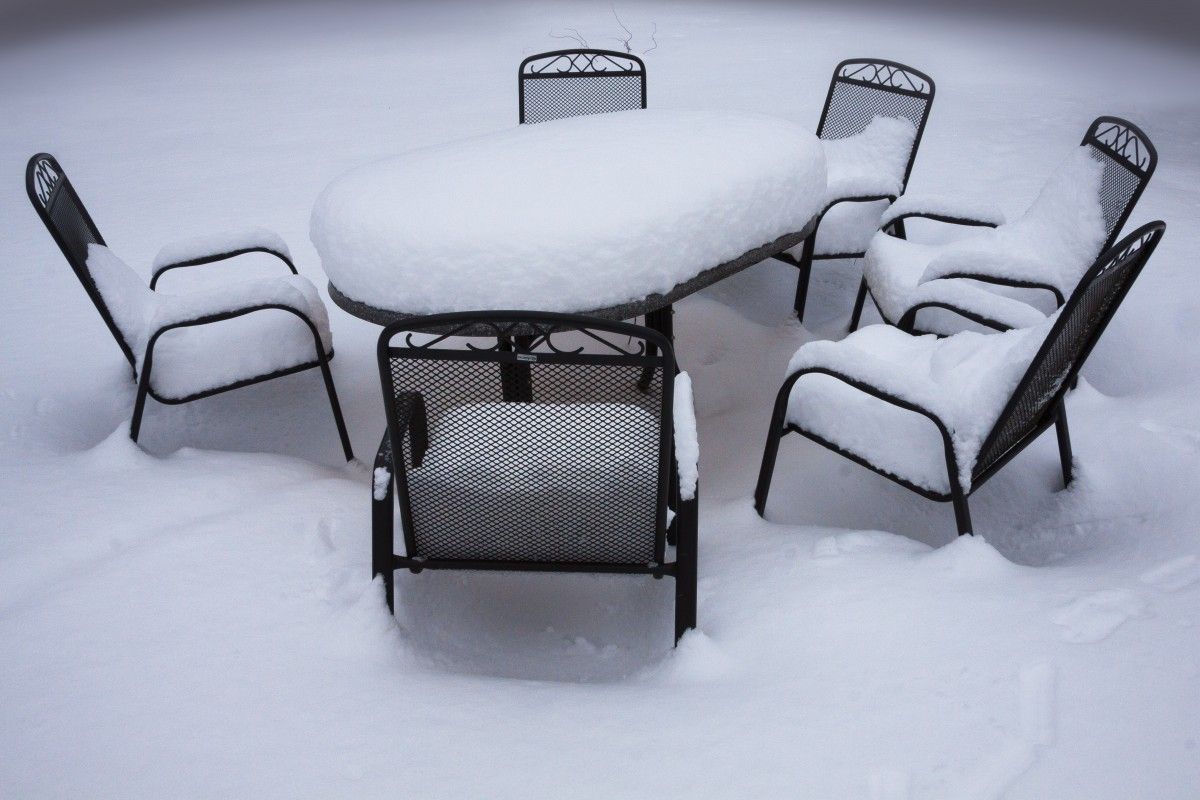

Outdoor Furniture
How To Protect Outdoor Furniture In The Winter
Modified: October 20, 2024
Learn how to protect your outdoor furniture in the winter with our expert tips and advice. Keep your outdoor furniture looking great all year round.
(Many of the links in this article redirect to a specific reviewed product. Your purchase of these products through affiliate links helps to generate commission for Storables.com, at no extra cost. Learn more)
Introduction
When the winter season arrives, it brings with it a host of challenges for outdoor furniture. The cold temperatures, moisture, and harsh elements can wreak havoc on your beloved outdoor pieces, causing damage and deterioration. However, with the right knowledge and proactive measures, you can ensure that your outdoor furniture remains in top condition, ready to shine once the warmer months return.
In this comprehensive guide, we will delve into the various strategies and techniques for protecting outdoor furniture during the winter months. From selecting the right materials to implementing proper cleaning and maintenance routines, we will equip you with the essential knowledge to safeguard your outdoor furniture investment. Additionally, we will explore the application of protective coatings and the best practices for storing furniture during the winter season.
Join us on this journey to discover the art of preserving outdoor furniture, ensuring that it not only survives the winter but emerges unscathed and ready to adorn your outdoor spaces for years to come. Let's embark on this adventure and unlock the secrets to protecting your outdoor furniture in the winter.
Key Takeaways:
- Choose weather-resistant materials like teak and all-weather wicker for outdoor furniture to withstand winter challenges and ensure durability.
- Regularly clean, apply protective coatings, and store outdoor furniture properly to shield it from winter elements and maintain its beauty and functionality.
Read more: How To Protect Outdoor Wooden Furniture
Choosing the Right Materials
When it comes to protecting outdoor furniture during the winter, the first line of defense begins with selecting the right materials. The materials used in the construction of outdoor furniture play a pivotal role in determining its resilience and ability to withstand the harsh winter elements.
1. Weather-Resistant Materials: Opt for furniture crafted from weather-resistant materials such as teak, cedar, or all-weather wicker. These materials are renowned for their durability and ability to withstand outdoor conditions, making them ideal choices for withstanding winter weather.
2. Rust-Resistant Metals: If your outdoor furniture features metal components, prioritize materials that are rust-resistant, such as aluminum or stainless steel. These metals are better equipped to endure winter moisture and minimize the risk of corrosion.
3. Quality Fabrics: For outdoor cushions and upholstery, choose high-quality, weather-resistant fabrics that are designed to repel moisture and resist fading. Look for fabrics specifically engineered for outdoor use, as they are better equipped to withstand the rigors of winter weather.
By investing in outdoor furniture constructed from these resilient materials, you lay a strong foundation for protecting your furniture during the winter months. These materials are inherently equipped to withstand the challenges posed by winter weather, providing a sturdy and reliable base for your outdoor furniture.
Cleaning and Maintenance
Proper cleaning and maintenance are essential components of preserving outdoor furniture during the winter. By incorporating regular cleaning routines and proactive maintenance measures, you can mitigate the impact of winter conditions and prolong the lifespan of your outdoor pieces.
1. Regular Cleaning: Establish a routine for cleaning your outdoor furniture throughout the year, paying special attention to the approach of winter. Use a mild detergent and water to clean surfaces, and consider utilizing a soft-bristled brush for stubborn stains. Regular cleaning prevents the accumulation of dirt and grime, which can exacerbate damage during the winter.
2. Protective Covers: Invest in high-quality protective covers designed specifically for outdoor furniture. Before the onset of winter, thoroughly clean your furniture and apply protective covers to shield it from snow, rain, and debris. These covers act as a barrier, safeguarding your furniture from the harsh winter elements.
3. Inspection and Repairs: Conduct a thorough inspection of your outdoor furniture, identifying any signs of wear, damage, or corrosion. Address any issues promptly, whether it’s tightening loose screws, replacing worn-out components, or addressing surface imperfections. Timely repairs prevent minor issues from escalating into major problems during the winter.
4. Upholstery Care: For furniture with cushions or upholstery, follow the manufacturer’s guidelines for cleaning and maintenance. Remove cushions and clean them according to the recommended instructions, ensuring that they are thoroughly dry before storing them for the winter. Proper care of upholstery prevents mold, mildew, and discoloration.
By prioritizing regular cleaning, utilizing protective covers, conducting thorough inspections, and caring for upholstery, you establish a robust framework for maintaining the condition of your outdoor furniture. These proactive measures form a crucial defense against the potential ravages of winter, ensuring that your furniture remains in optimal condition for the seasons to come.
Cover your outdoor furniture with waterproof and breathable covers to protect them from snow and moisture during the winter. This will help prevent rust, mold, and damage to the furniture.
Applying Protective Coatings
One of the most effective strategies for safeguarding outdoor furniture during the winter is the application of protective coatings. These coatings act as a shield, providing an additional layer of defense against the elements and helping to preserve the integrity of the furniture’s surfaces.
1. Sealants and Finishes: Depending on the material of your outdoor furniture, consider applying appropriate sealants or finishes to enhance protection. For wooden furniture, utilize a high-quality outdoor sealant to shield the wood from moisture and prevent warping or cracking. Similarly, metal furniture can benefit from rust-resistant coatings to inhibit corrosion.
2. UV Protection: If your outdoor furniture is exposed to sunlight during the winter months, opt for coatings that offer UV protection. UV-resistant finishes help prevent fading and deterioration caused by prolonged sun exposure, ensuring that your furniture retains its vibrant appearance throughout the winter.
3. Waterproofing Treatments: For surfaces prone to moisture exposure, such as tabletops and armrests, consider applying waterproofing treatments. These treatments create a protective barrier that repels water, preventing absorption and minimizing the risk of damage from freezing and thawing cycles.
4. Routine Maintenance: In addition to initial application, it’s essential to incorporate routine maintenance of protective coatings. Inspect the condition of the coatings periodically and reapply them as needed to ensure continuous protection against winter weather.
By incorporating protective coatings tailored to the specific needs of your outdoor furniture, you fortify its resilience and longevity. These coatings serve as a proactive defense, shielding the surfaces from moisture, UV rays, and other environmental factors that can compromise the structural integrity and aesthetics of the furniture.
Storing Furniture Properly
As the winter season approaches, proper storage of outdoor furniture becomes paramount in safeguarding it from the harsh elements. Whether you have limited indoor storage space or ample room in a dedicated storage area, the way you store your outdoor furniture can significantly impact its condition and longevity.
1. Thorough Cleaning: Before storing your outdoor furniture, ensure that it is thoroughly cleaned and completely dry. Remove any accumulated dirt, debris, or moisture, and clean cushions or upholstery according to the manufacturer’s guidelines. This proactive step prevents the development of mold and mildew during storage.
2. Disassembly and Organization: If possible, disassemble larger furniture pieces to facilitate storage and minimize the space required. Keep track of hardware and components by organizing them in clearly labeled containers, ensuring that reassembly in the spring is seamless and stress-free.
3. Indoor Storage: If you have the luxury of indoor storage space, such as a garage, basement, or storage room, take advantage of it. Indoor storage provides optimal protection from the elements, shielding your furniture from moisture, temperature fluctuations, and potential damage caused by snow or ice accumulation.
4. Outdoor Storage Solutions: In cases where indoor storage is not feasible, explore outdoor storage solutions such as weatherproof sheds or storage boxes. Invest in durable, weather-resistant covers to shield your furniture from direct exposure to the elements, and position the storage containers in a sheltered area to minimize the impact of winter weather.
5. Elevate from the Ground: When storing furniture outdoors, elevate it from the ground to prevent contact with moisture. Utilize sturdy platforms or pallets to raise the furniture, creating a barrier against ground moisture and reducing the risk of damage from freezing temperatures.
By implementing proper storage practices, you can effectively shield your outdoor furniture from the detrimental effects of winter weather. Whether utilizing indoor storage, outdoor storage solutions, or elevating furniture from the ground, strategic storage measures ensure that your outdoor pieces emerge from winter unscathed, ready to grace your outdoor spaces once again.
Read more: How To Protect Outdoor Rattan Furniture
Conclusion
As the winter season casts its icy veil over the outdoor landscape, the protection of outdoor furniture becomes a crucial endeavor. By embracing a proactive approach and implementing the strategies outlined in this guide, you can fortify your outdoor furniture against the challenges posed by winter weather, ensuring its longevity and pristine condition.
From the initial step of choosing the right materials to the meticulous application of protective coatings, each facet of outdoor furniture protection contributes to its resilience and ability to withstand the elements. The careful selection of weather-resistant materials sets the stage for durability, while the application of protective coatings adds an additional layer of defense, guarding against moisture, UV rays, and other environmental stressors.
Moreover, the commitment to regular cleaning and maintenance routines, coupled with proper storage practices, forms a comprehensive shield against the rigors of winter. By adhering to these practices, you not only protect your outdoor furniture from immediate damage but also lay the groundwork for its sustained beauty and functionality in the seasons to come.
As you embark on the journey of safeguarding your outdoor furniture in the winter, remember that each effort contributes to the preservation of a cherished outdoor oasis. The investment of time and care in protecting your outdoor furniture yields dividends in the form of extended lifespan, maintained aesthetics, and the uninterrupted enjoyment of your outdoor spaces.
With these strategies at your disposal, you possess the knowledge and tools to shield your outdoor furniture from the winter’s grasp, ensuring that it emerges unscathed and ready to adorn your outdoor havens once the frost recedes. Embrace the art of outdoor furniture preservation, and let your outdoor spaces continue to be a source of joy, comfort, and beauty throughout the winter and beyond.
Frequently Asked Questions about How To Protect Outdoor Furniture In The Winter
Was this page helpful?
At Storables.com, we guarantee accurate and reliable information. Our content, validated by Expert Board Contributors, is crafted following stringent Editorial Policies. We're committed to providing you with well-researched, expert-backed insights for all your informational needs.
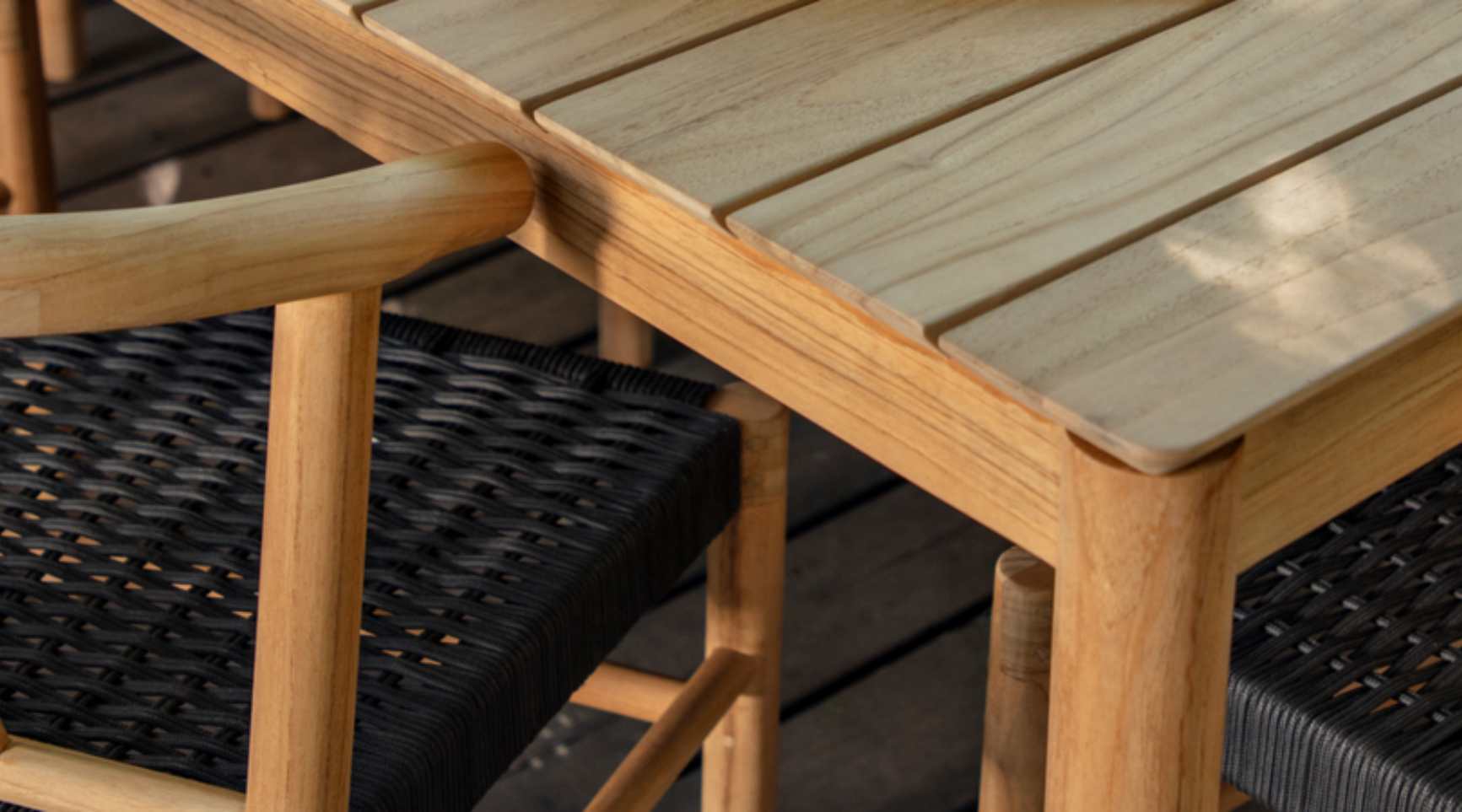

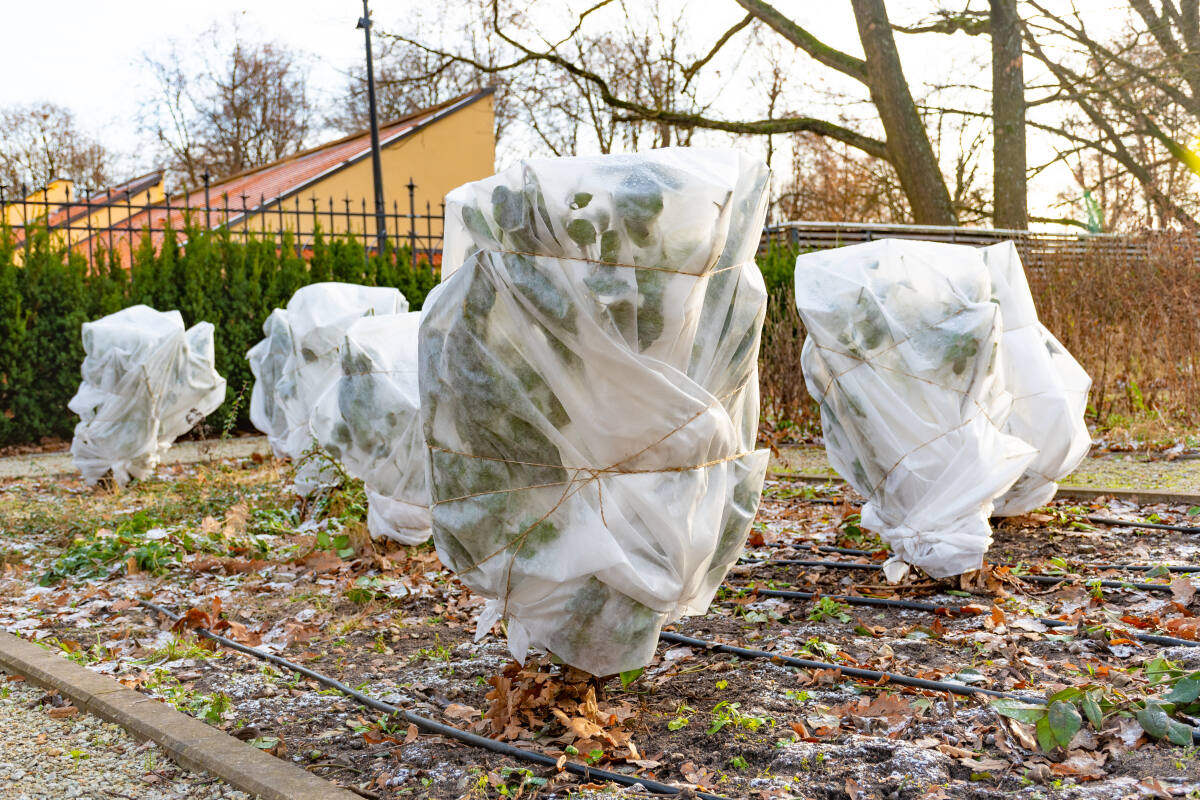
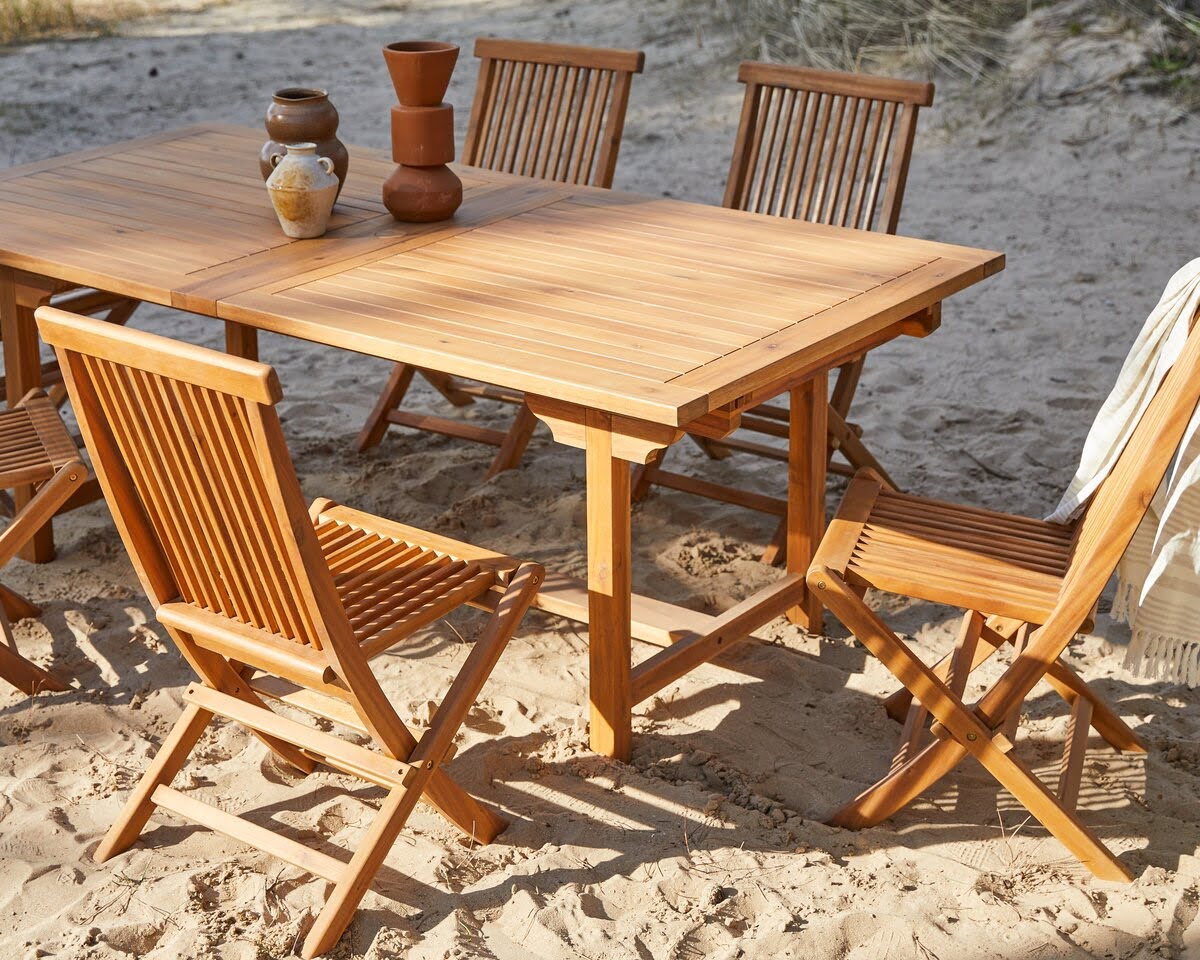
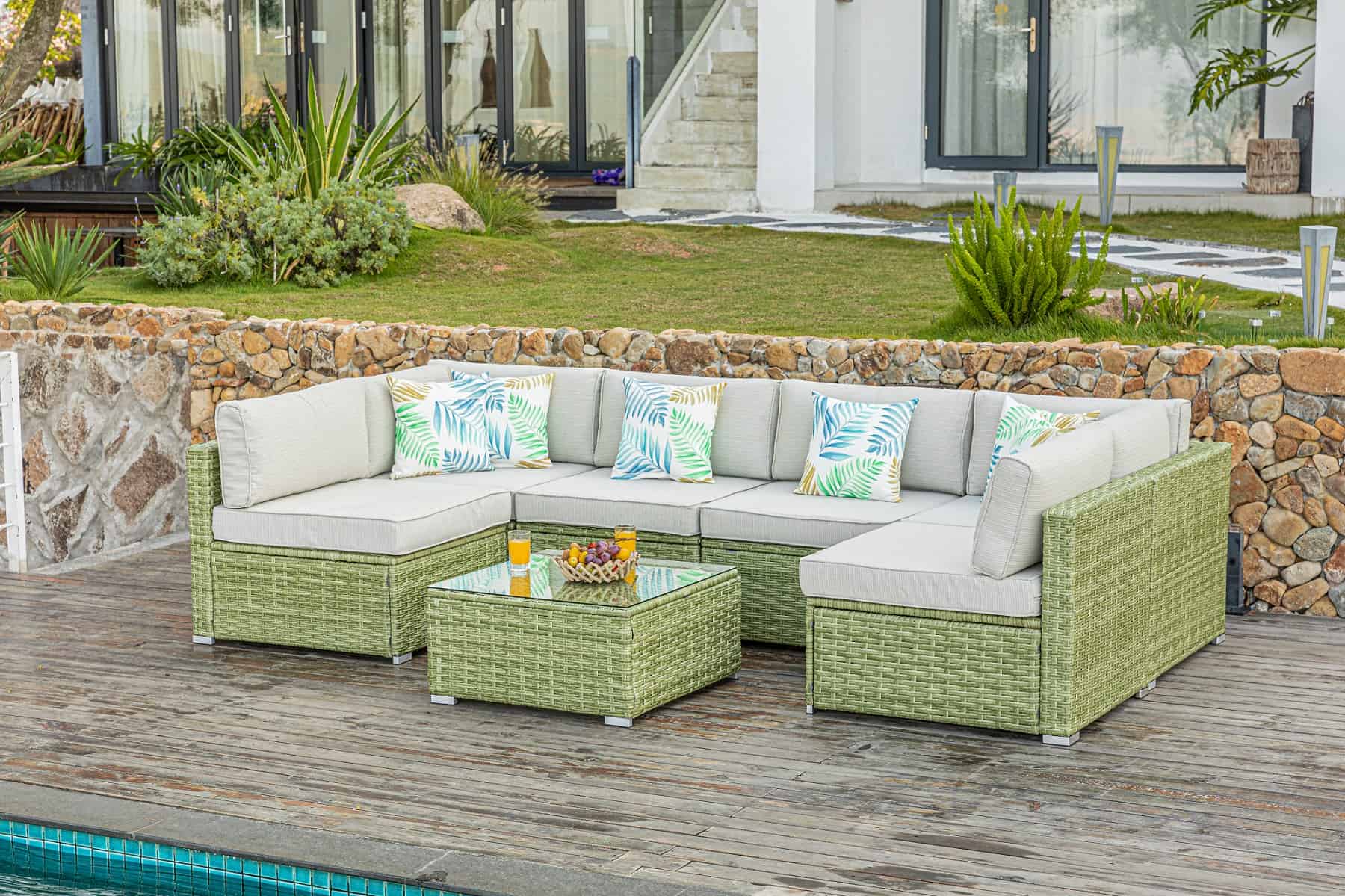


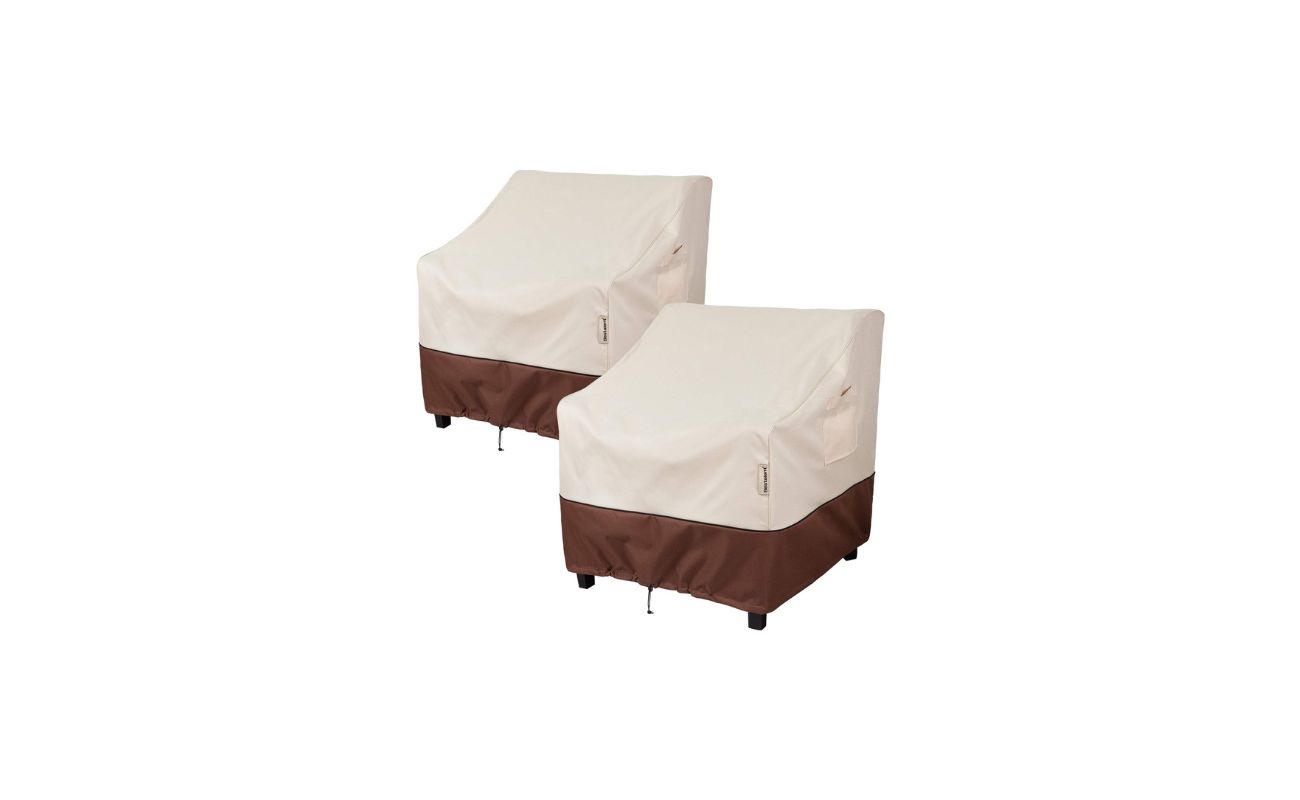

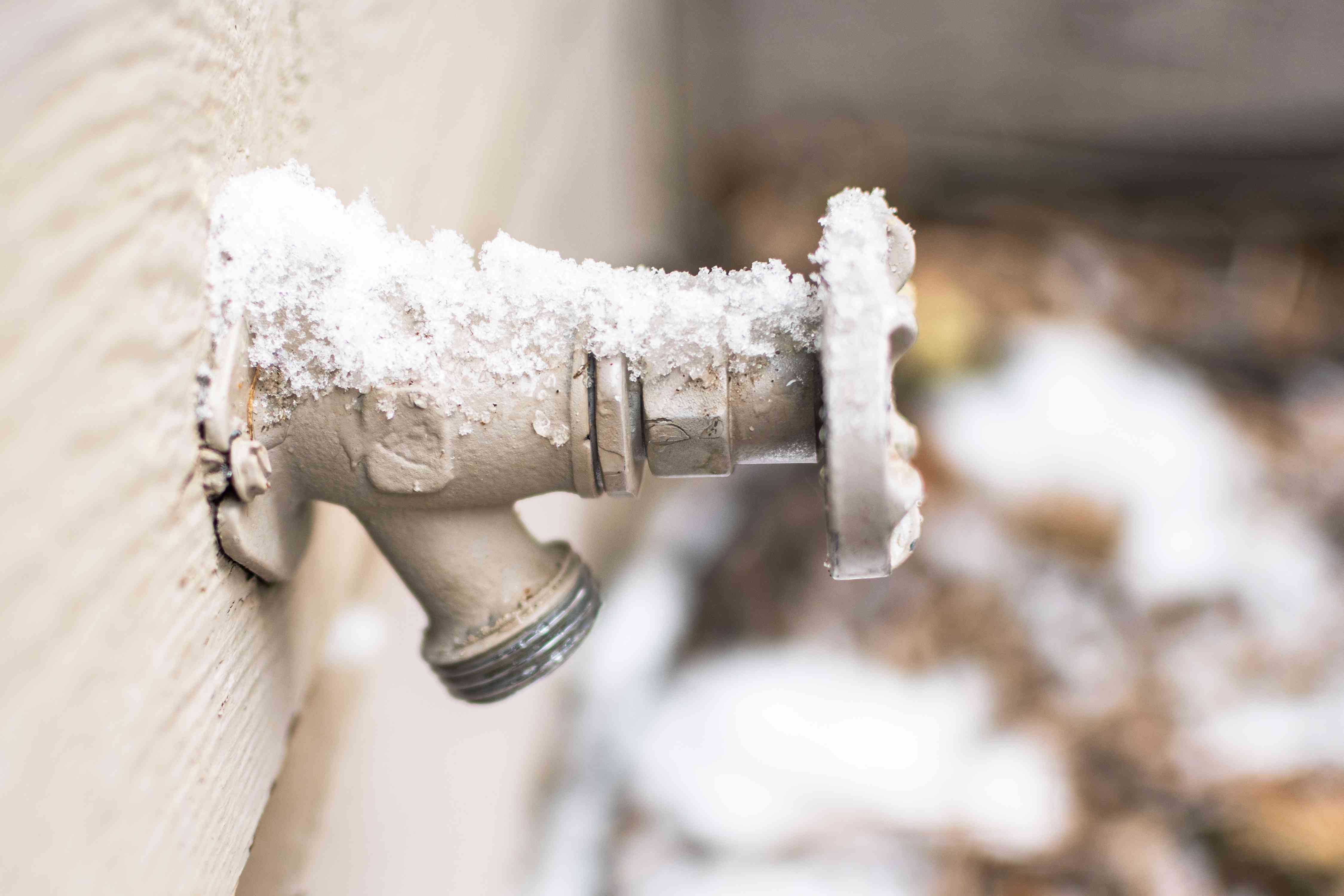
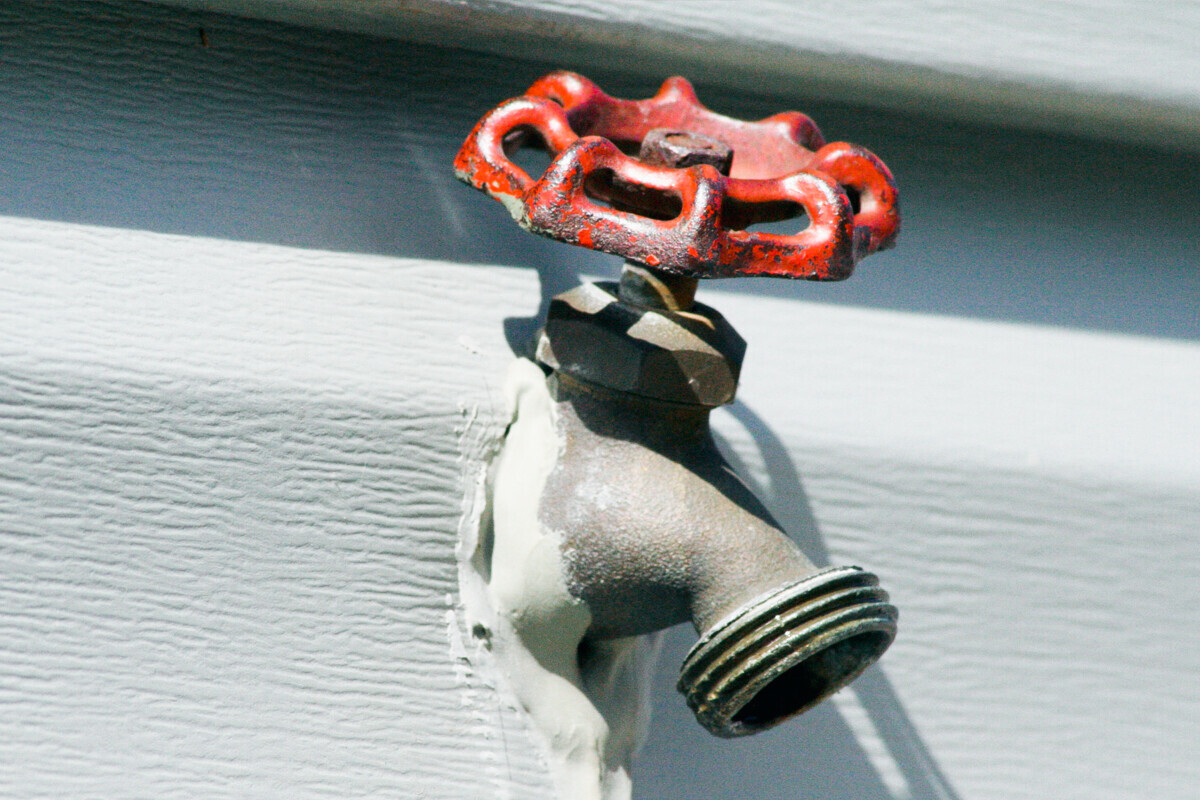
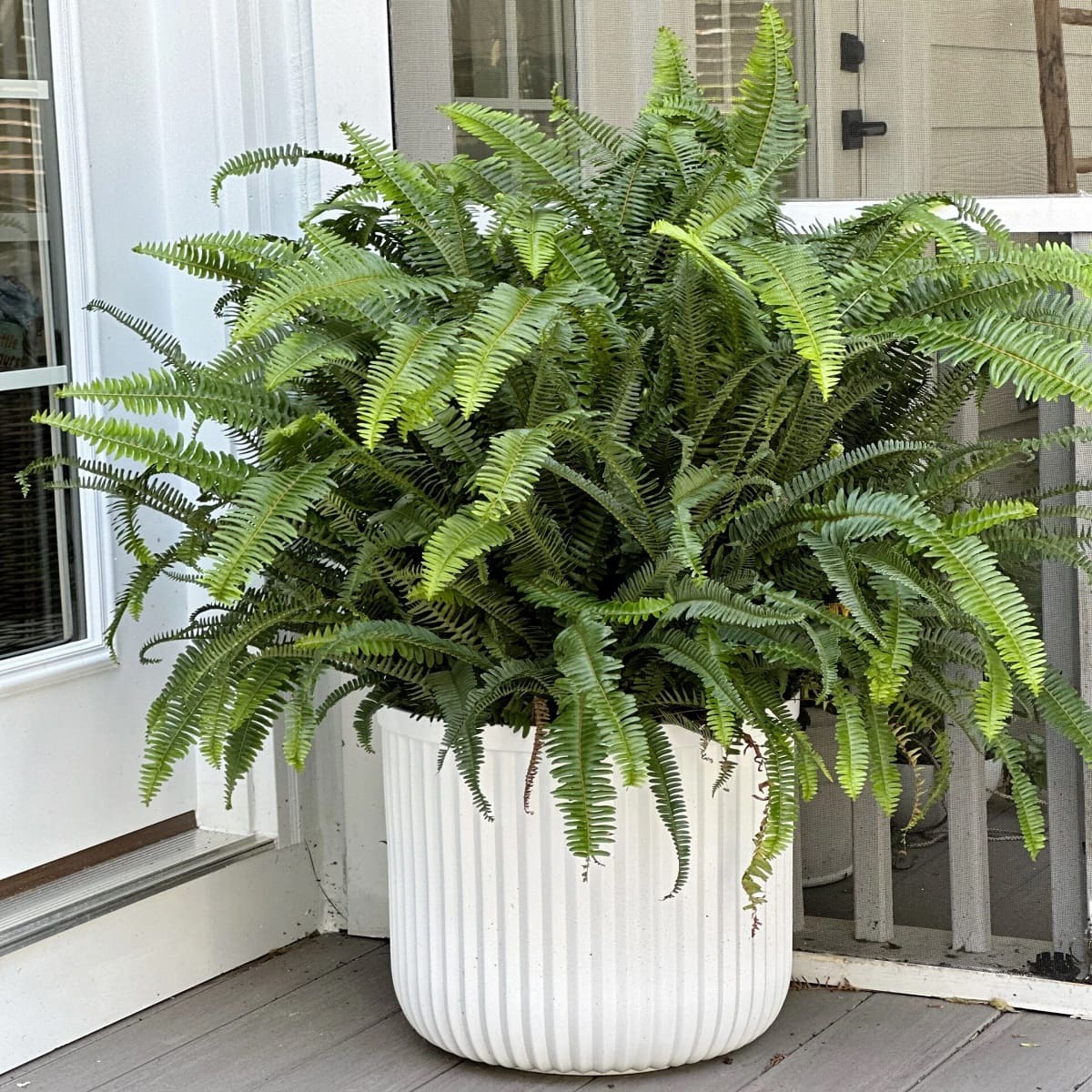

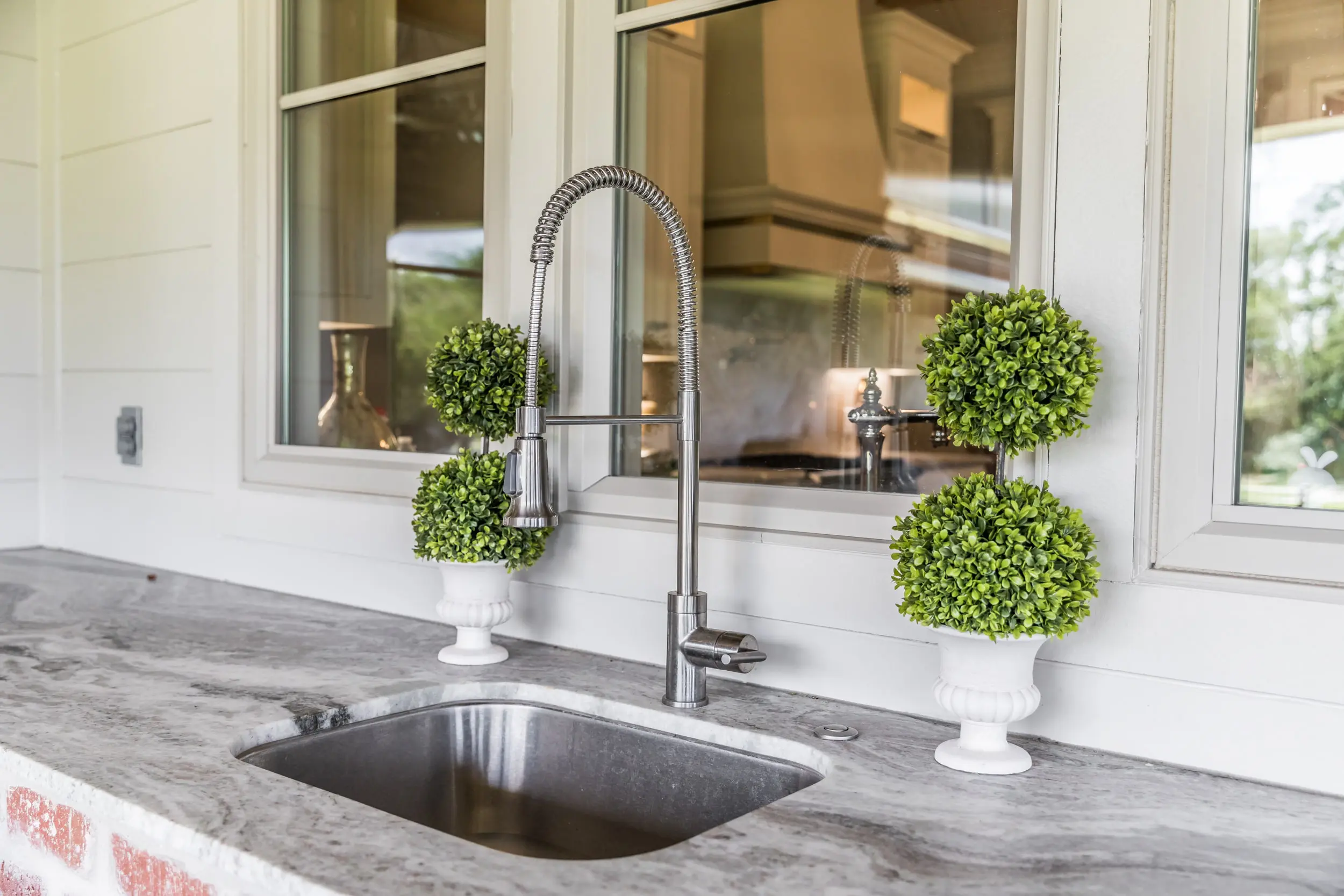

0 thoughts on “How To Protect Outdoor Furniture In The Winter”